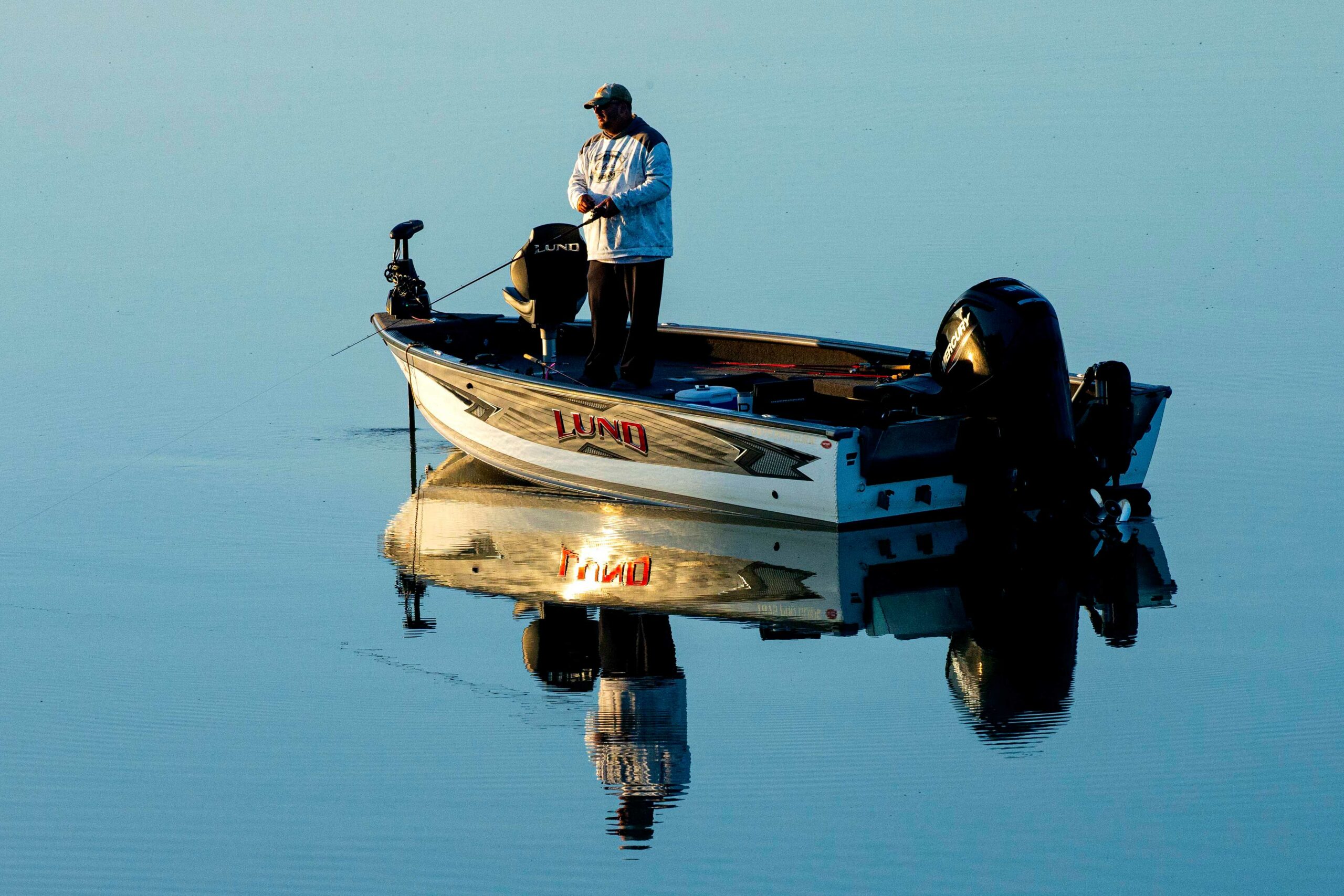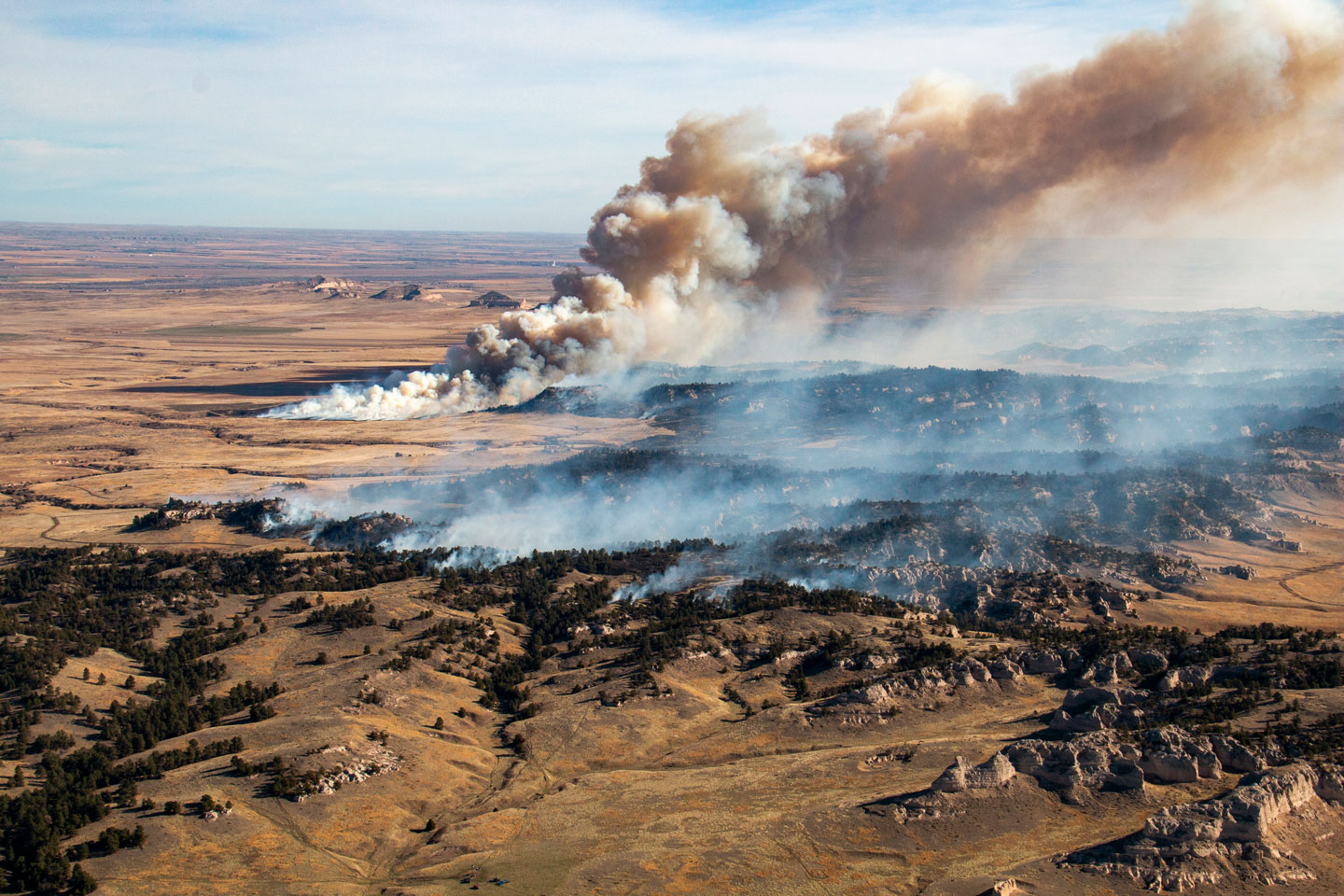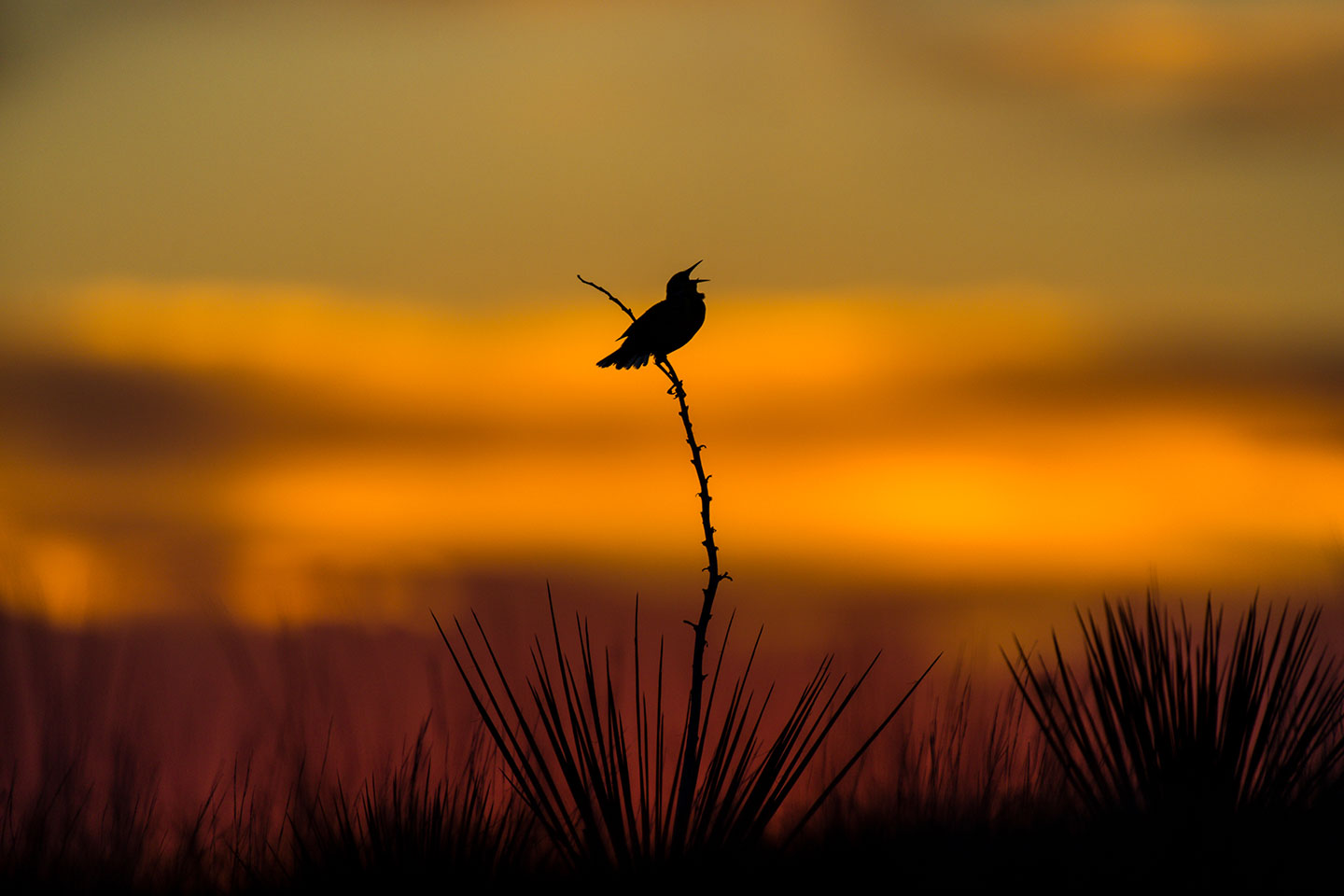Invasive species
Nebraska is faced with many invasive species challenges — habitat degradation due to noxious weeds, tree loss due to insect damage and reduced water recreation opportunities due to invasive mussel introductions, among others.
Invasive species are aquatic or terrestrial organisms not native to the region. These species cause economic or biological harm and are capable of spreading to new areas. Invasive species do not include livestock, honey bees, domestic pets, intentionally planted agronomic crops or nonnative organisms that do not cause economic or biological harm.
Nebraska Invasive Species Program
The Nebraska Game and Parks Commission has partnered with the University of Nebraska and the USGS Nebraska Cooperative Fish and Wildlife Research Unit to provide a coordinated response to invasive species threats.
Help prevent invasive species
Prevention is the best tool available for combating invasive species. Please follow the guidelines below and help reduce the risk of invasive species impacts to Nebraska’s natural resources.
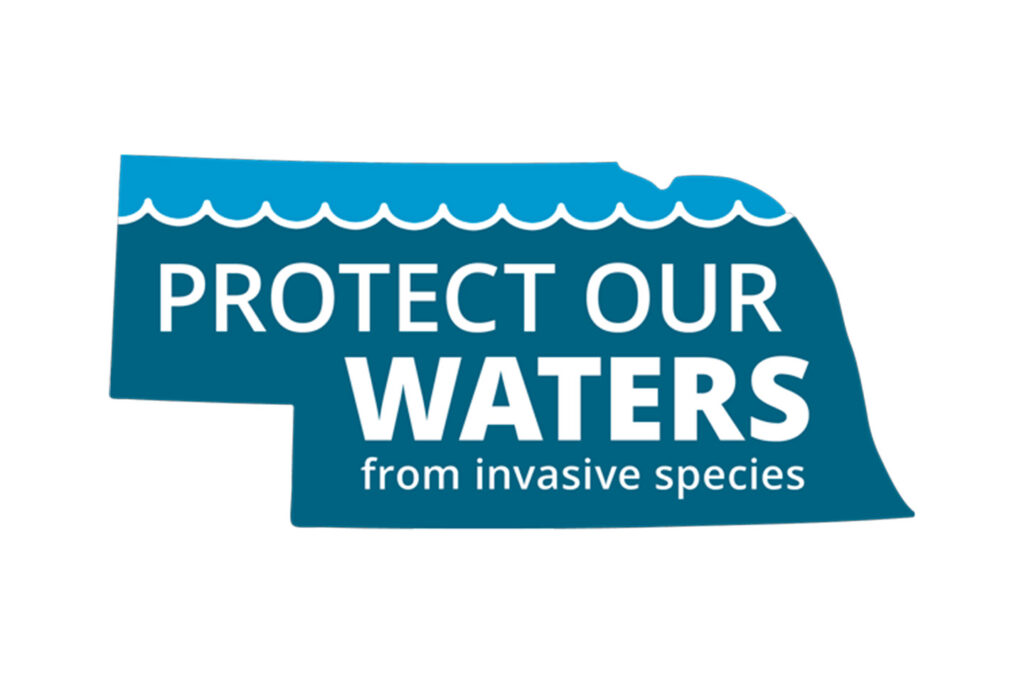
Stop aquatic hitchhikers
Aquatic invasive species (AIS) are exotic or non-native aquatic organisms that pose a significant threat to our aquatic resources, water supplies or water infrastructure. Nebraskans can do their part in preventing AIS by cleaning, draining and drying their watercrafts.
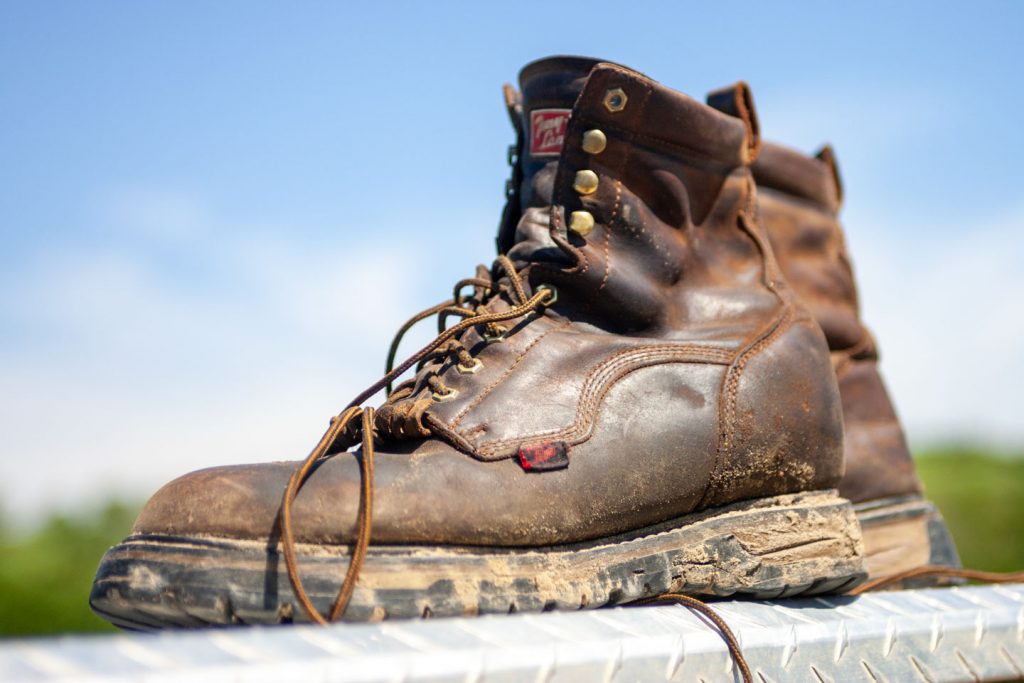
Play Clean Go
One of the simplest and most effective ways to prevent invasive species from spreading to new natural areas is cleaning your shoes before and after your adventure. PlayCleanGo strives to get boot brush stations installed at all trailheads in North America to help your efforts to prevent the spread of invasive species. Learn how you can stop invasive species in your tracks.
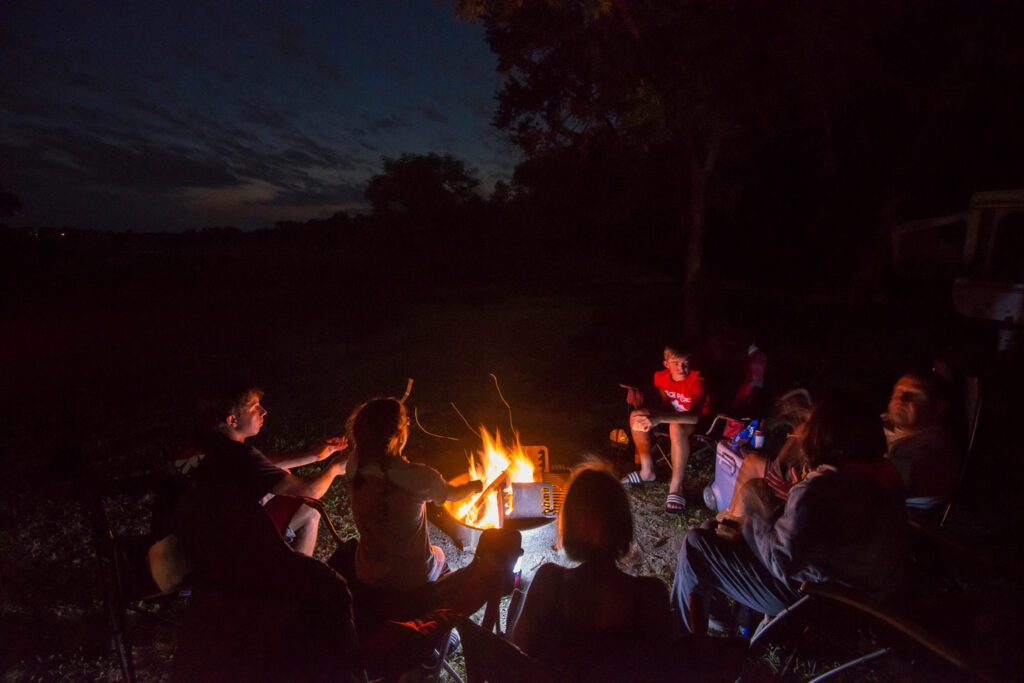
Burn it where you buy it
If you’re a camper heading out for a trip — or just getting firewood for your wood stove — do nature a favor. Don’t move firewood long distances — it can potentially transport invasive species.

